Felix Anda
Assessing the Influencing Factors on the Accuracy of Underage Facial Age Estimation
Dec 02, 2020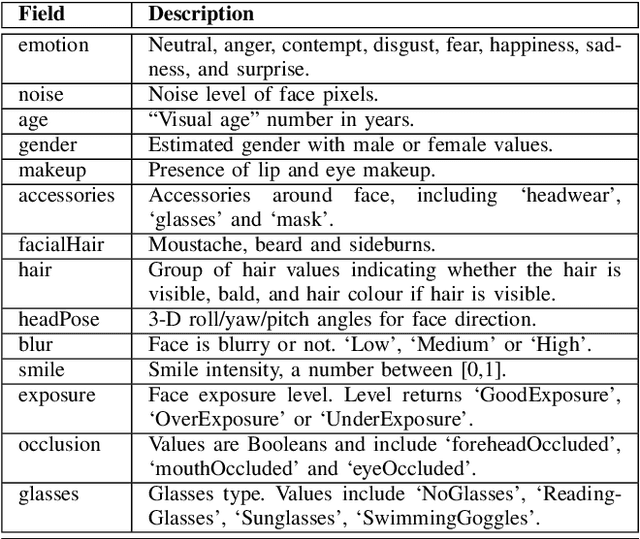
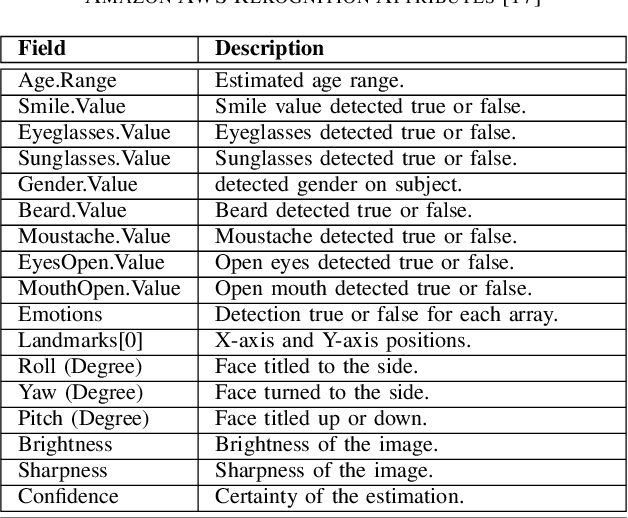
Abstract:Swift response to the detection of endangered minors is an ongoing concern for law enforcement. Many child-focused investigations hinge on digital evidence discovery and analysis. Automated age estimation techniques are needed to aid in these investigations to expedite this evidence discovery process, and decrease investigator exposure to traumatic material. Automated techniques also show promise in decreasing the overflowing backlog of evidence obtained from increasing numbers of devices and online services. A lack of sufficient training data combined with natural human variance has been long hindering accurate automated age estimation -- especially for underage subjects. This paper presented a comprehensive evaluation of the performance of two cloud age estimation services (Amazon Web Service's Rekognition service and Microsoft Azure's Face API) against a dataset of over 21,800 underage subjects. The objective of this work is to evaluate the influence that certain human biometric factors, facial expressions, and image quality (i.e. blur, noise, exposure and resolution) have on the outcome of automated age estimation services. A thorough evaluation allows us to identify the most influential factors to be overcome in future age estimation systems.
SoK: Exploring the State of the Art and the Future Potential of Artificial Intelligence in Digital Forensic Investigation
Dec 02, 2020Abstract:Multi-year digital forensic backlogs have become commonplace in law enforcement agencies throughout the globe. Digital forensic investigators are overloaded with the volume of cases requiring their expertise compounded by the volume of data to be processed. Artificial intelligence is often seen as the solution to many big data problems. This paper summarises existing artificial intelligence based tools and approaches in digital forensics. Automated evidence processing leveraging artificial intelligence based techniques shows great promise in expediting the digital forensic analysis process while increasing case processing capacities. For each application of artificial intelligence highlighted, a number of current challenges and future potential impact is discussed.
Improving Borderline Adulthood Facial Age Estimation through Ensemble Learning
Jul 02, 2019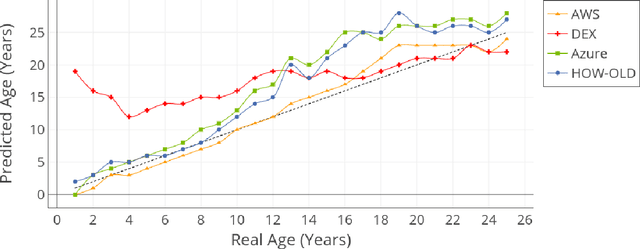
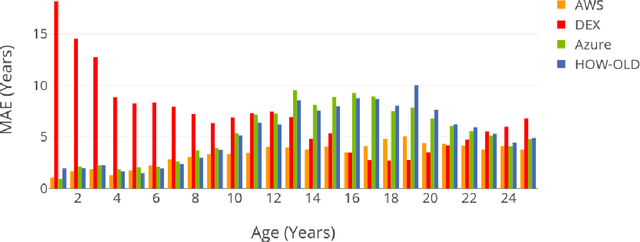
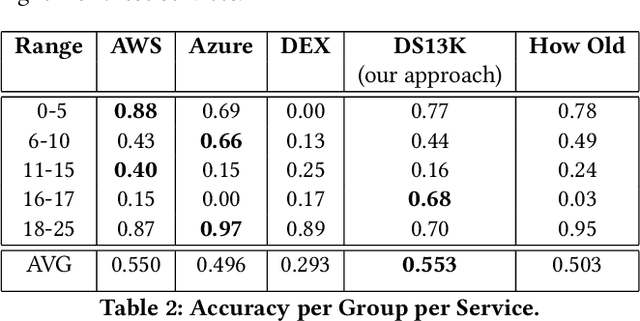
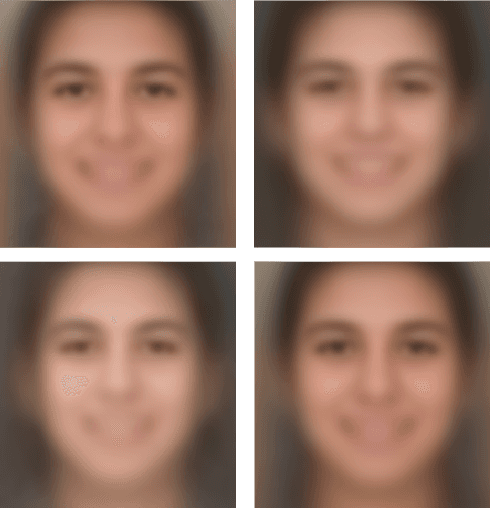
Abstract:Achieving high performance for facial age estimation with subjects in the borderline between adulthood and non-adulthood has always been a challenge. Several studies have used different approaches from the age of a baby to an elder adult and different datasets have been employed to measure the mean absolute error (MAE) ranging between 1.47 to 8 years. The weakness of the algorithms specifically in the borderline has been a motivation for this paper. In our approach, we have developed an ensemble technique that improves the accuracy of underage estimation in conjunction with our deep learning model (DS13K) that has been fine-tuned on the Deep Expectation (DEX) model. We have achieved an accuracy of 68% for the age group 16 to 17 years old, which is 4 times better than the DEX accuracy for such age range. We also present an evaluation of existing cloud-based and offline facial age prediction services, such as Amazon Rekognition, Microsoft Azure Cognitive Services, How-Old.net and DEX.
 Add to Chrome
Add to Chrome Add to Firefox
Add to Firefox Add to Edge
Add to Edge